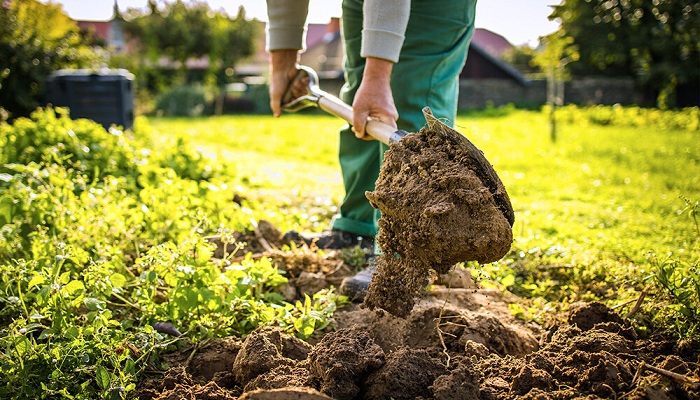You’ve put in a lot of time and effort to see your garden thrive, but something is off. Nothing seems to be working out, even though you’ve been diligent about checking your plants for bugs and watering them on a regular basis.
If things aren’t going as planned, it’s probably because of some mistake you keep making. Here is a list of the most typical gardening mistakes to help you figure it out.
Overwatering
Like all other forms of life, root systems require oxygen, which they get from the soil’s air voids. A lot of water can collect in the air holes, which could be disastrous for your plants. To help your plants grow strong, you should water them regularly and gradually increase the amount you give them.

Climatic conditions
Climate is a major factor in the plant’s maturation process. Many of us make the mistake of trying to grow plants that simply cannot survive in our area when we are just getting started in gardening. In order to know what grows well in a given climate, it is best to seek the advice of an expert or conduct extensive research.
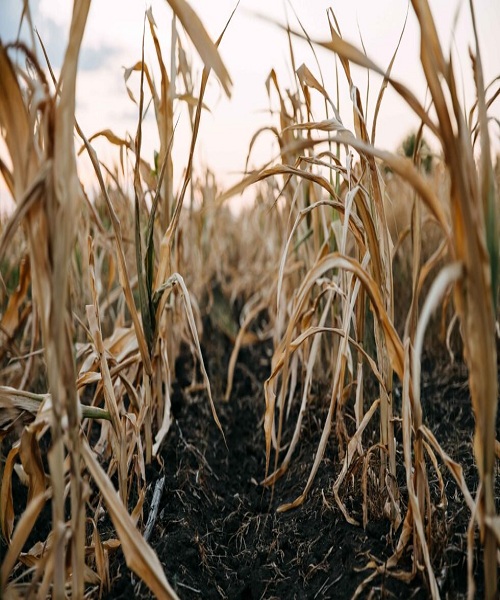
Neglecting to prune your plants
Pruning is the process of removing diseased or otherwise unhealthy parts of a plant. To ensure that the energy is being directed toward the living parts of the plant, it is important to prune away any diseased or dying branches. Dead ends sap energy from plants that could otherwise be used.

Keeping plants that like the sun in the shade
There are plant species that can only flourish when exposed to bright sunlight. Sunstroke plants like bougainvillaea require a spot in full sun to thrive and produce their desired colorful flowers. When the plant receives adequate sunlight, it will flourish.
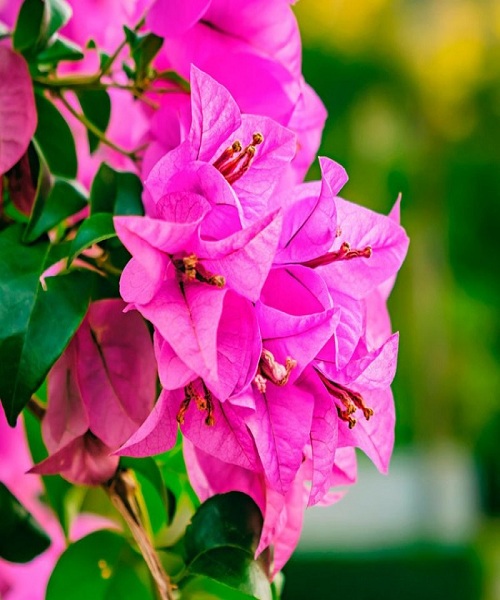
Space ignorance
Plant diseases like mildew can be prevented by giving plants the space they need to thrive. The entire flower bed could be destroyed by a single plant carrying a disease that can be passed on to others.

Adding flowers that attract pollinators to your garden
For plants to produce food, they must first be pollinated. Without flowers, pollinators won’t be drawn to your garden, and your plants won’t produce the fruits and seeds you want.
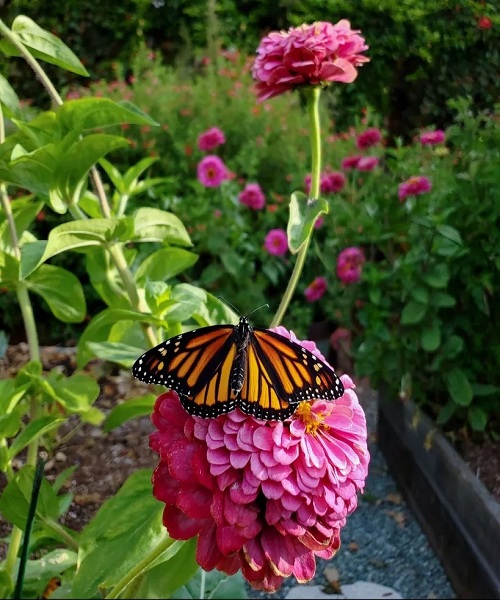
Garden bed preparation
In order for the plant’s roots to grow down deep and become strong, you must soften the soil and prepare the garden beds. The deeper levels of soil will harden if you don’t cultivate them, and the plant’s roots won’t be able to reach the water and nutrients they need.
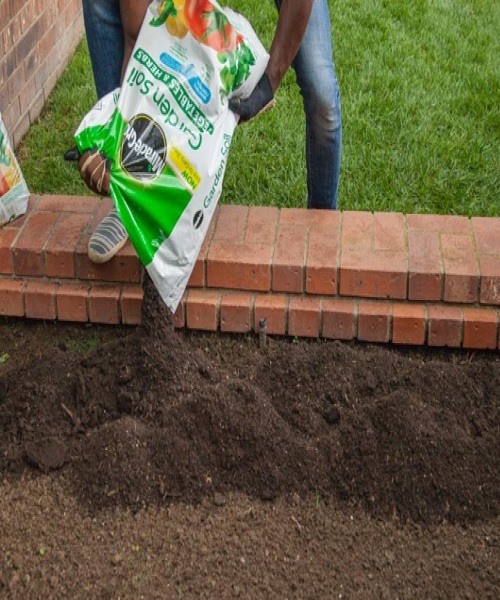
Watering from above
It’s not enough to water your plant from above if you don’t get any of it down to the roots. A shower from above is wonderful on a hot day, but plants require water in their roots to survive.
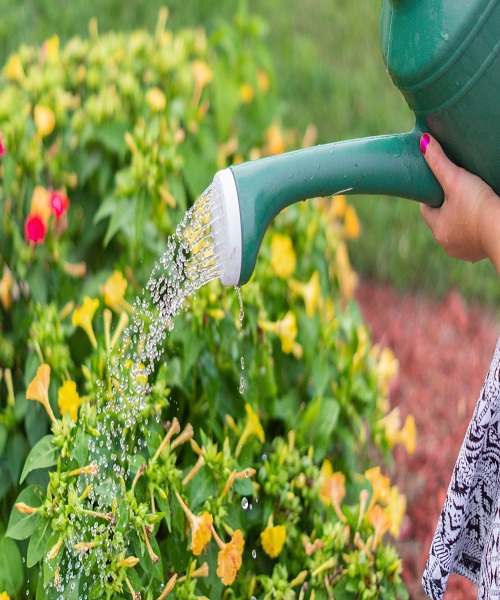
Avoid fresh mulch
If you want to keep your plants weed-free, you should avoid using freshly mulched soil. To prevent the weed from germinating in the mulch, leave it out for a few months. This will provide your plant with mulch’s nutrient benefits without the accompanying weed problem.
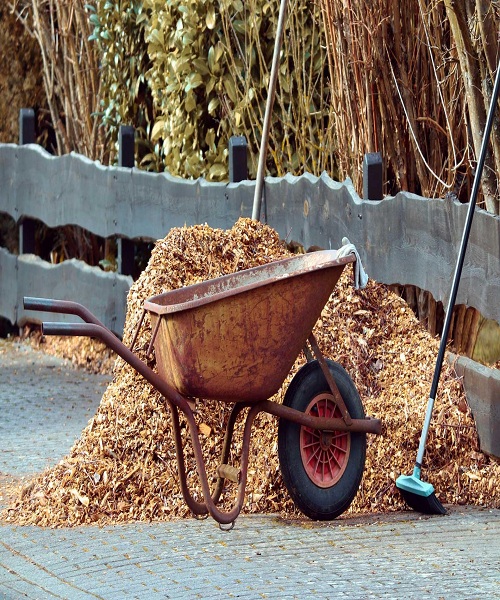
Applying pesticides on the incorrect day
Spraying pesticides is most effective when done on a sunny, windless day, as this allows the chemical to do its work without spreading to unintended areas. Use of a pesticide just before a storm or on a particularly windy day can cause the chemical to be blown or washed away to an unintended location, potentially ruining an otherwise beautiful plot.


